Leading journalism professionals embrace strategic AI adaptation and China’s green innovations and evolving regional partnerships
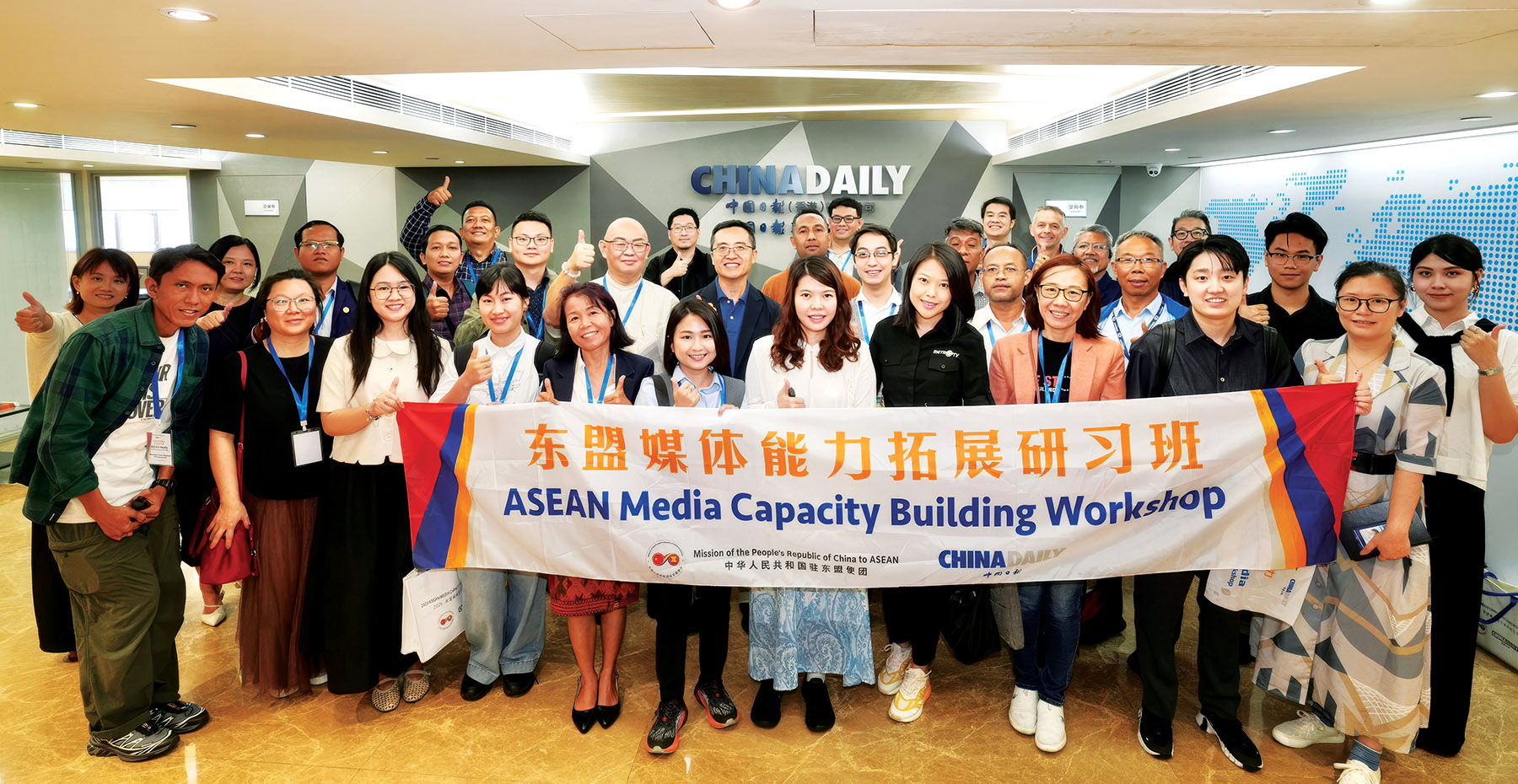
The media industry stands at a critical juncture as artificial intelligence (AI) is fundamentally redefining every aspect of journalism, including content creation and distribution, Asian senior media professionals have observed.
They reported that traditional media outlets now face the urgent challenge of adapting to technological disruptions while accelerating their digital transformation, a pivotal issue confronting news organizations globally, especially those in Asia.
READ MORE: AI tops the agenda in ASEAN media workshop
Against this backdrop of technological upheaval, more than 20 journalists from the countries of the Association of Southeast Asian Nations gathered in Hong Kong from July 14-19 for the ASEAN Media Capacity Building Workshop to explore strategies for traditional media’s AI adaptation. The workshop was held by the Chinese Mission to ASEAN and China Daily Asia Pacific.
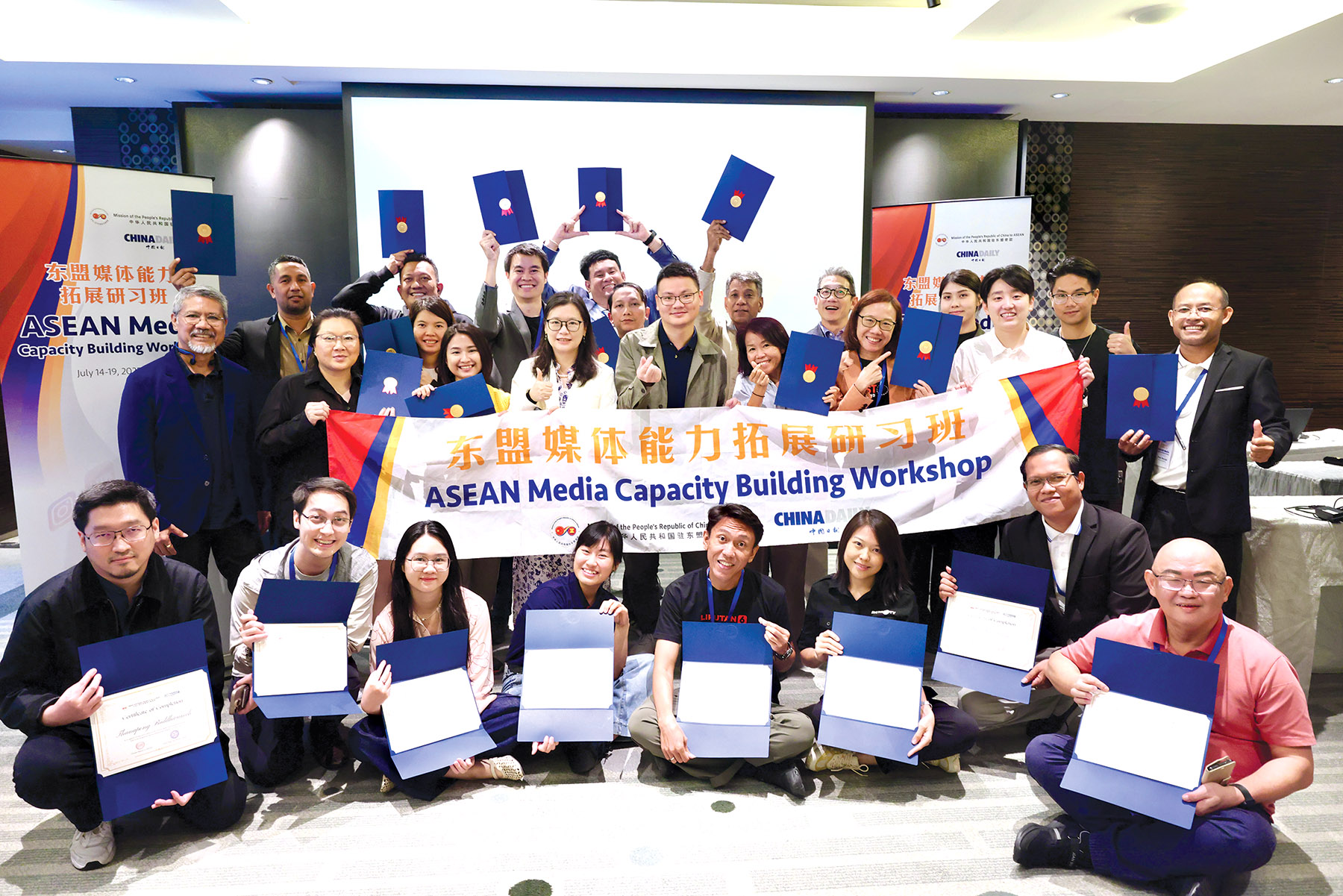
The rise of AI has created a dual-edged reality for the media industry, offering powerful efficiency tools while introducing new risks. Training sessions at the workshop highlighted AI’s capacity to collect information and streamline reporting processes, but warned that unchecked automation could erode fundamental journalistic standards of accuracy, resulting in serious factual mistakes in reporting.
While AI greatly enhances reporting efficiency, an overreliance on technology may lead to severe inaccuracies in journalism, participants of the workshop said. Doan Minh Anh, a reporter from VietnamPlus, stressed that journalists must preserve their storytelling authority, asserting that human reporters — not AI systems — remain the essential narrators of our times.
“We must leverage AI rather than let it control us during reporting,” said Doan, whose perspective drew nods of agreement from all media professionals in attendance at the workshop.
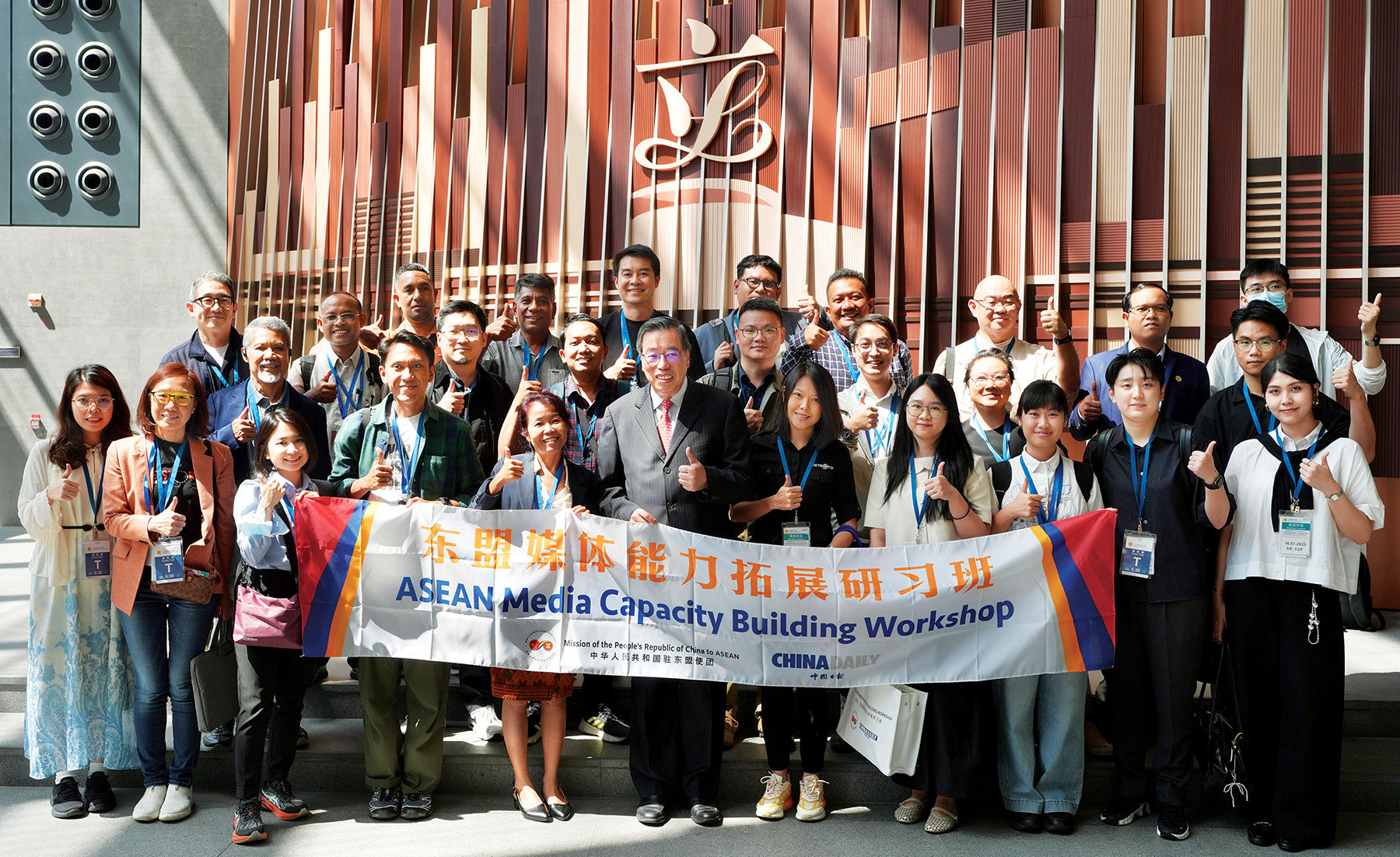
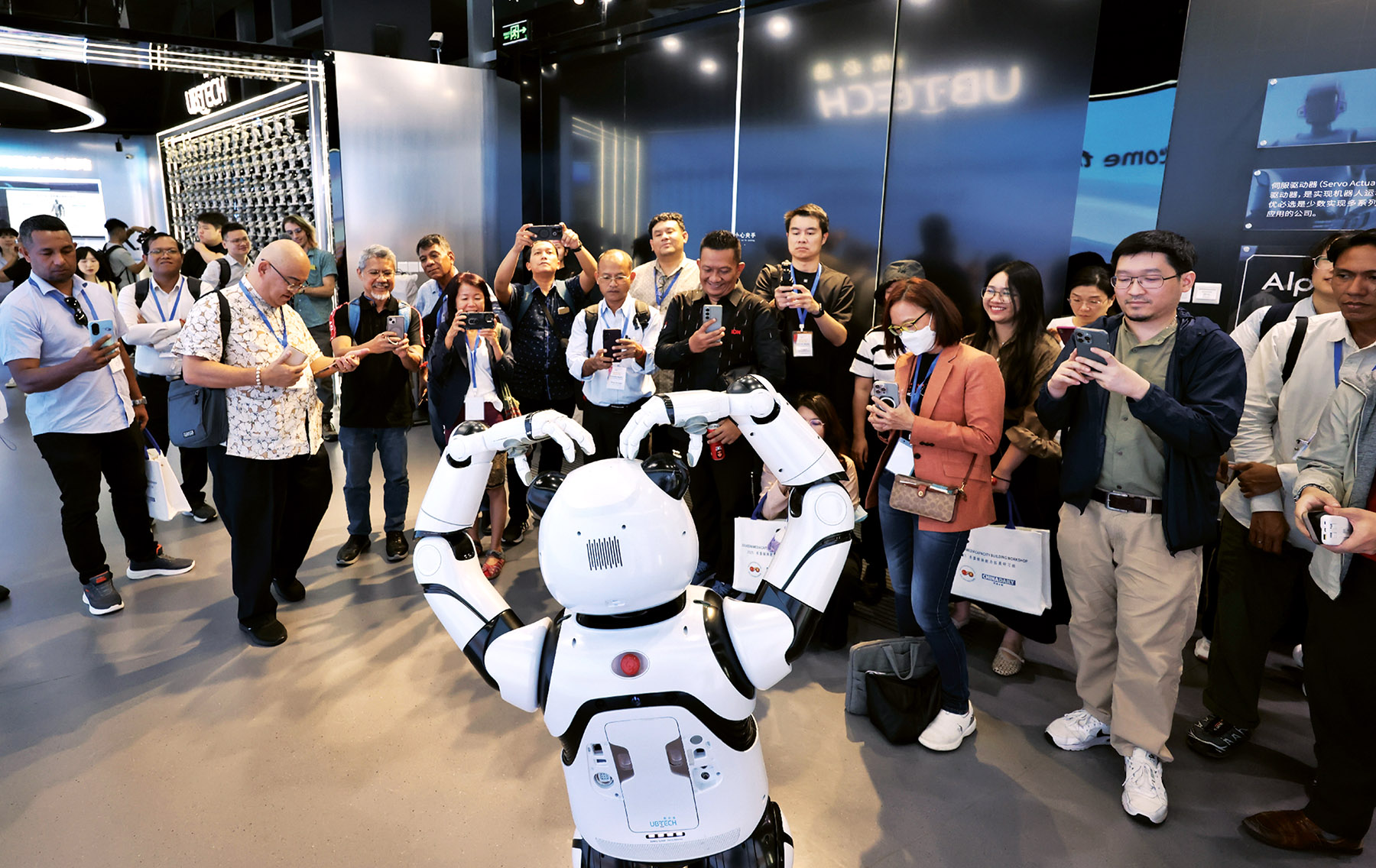
Adopting a “play the game” mindset may prove instrumental in helping media organizations successfully navigate the ongoing industry transformation with AI. During the dinner on July 17, Pholpat Salayakanond, news editor of Thailand’s Autolifethailand, shared an insightful analogy from his personal experience of learning how to use chopsticks, a skill he initially found very daunting. “At first, I struggled terribly,” Salayakanond admitted with a laugh.
But then he decided to view learning to use chopsticks like “playing the game”, he said, with each successful pickup feeling like a small victory of a session in a game. This is how he finally conquered the challenge of using chopsticks, he said.
Salayakanond’s metaphor can be extended to the broader challenges facing journalism today, especially with the rise of AI. Adopting a “play the game” mindset helps journalists navigate technological disruption with curiosity rather than fear, framing media transformation not as a threat, but as an engaging challenge to master.
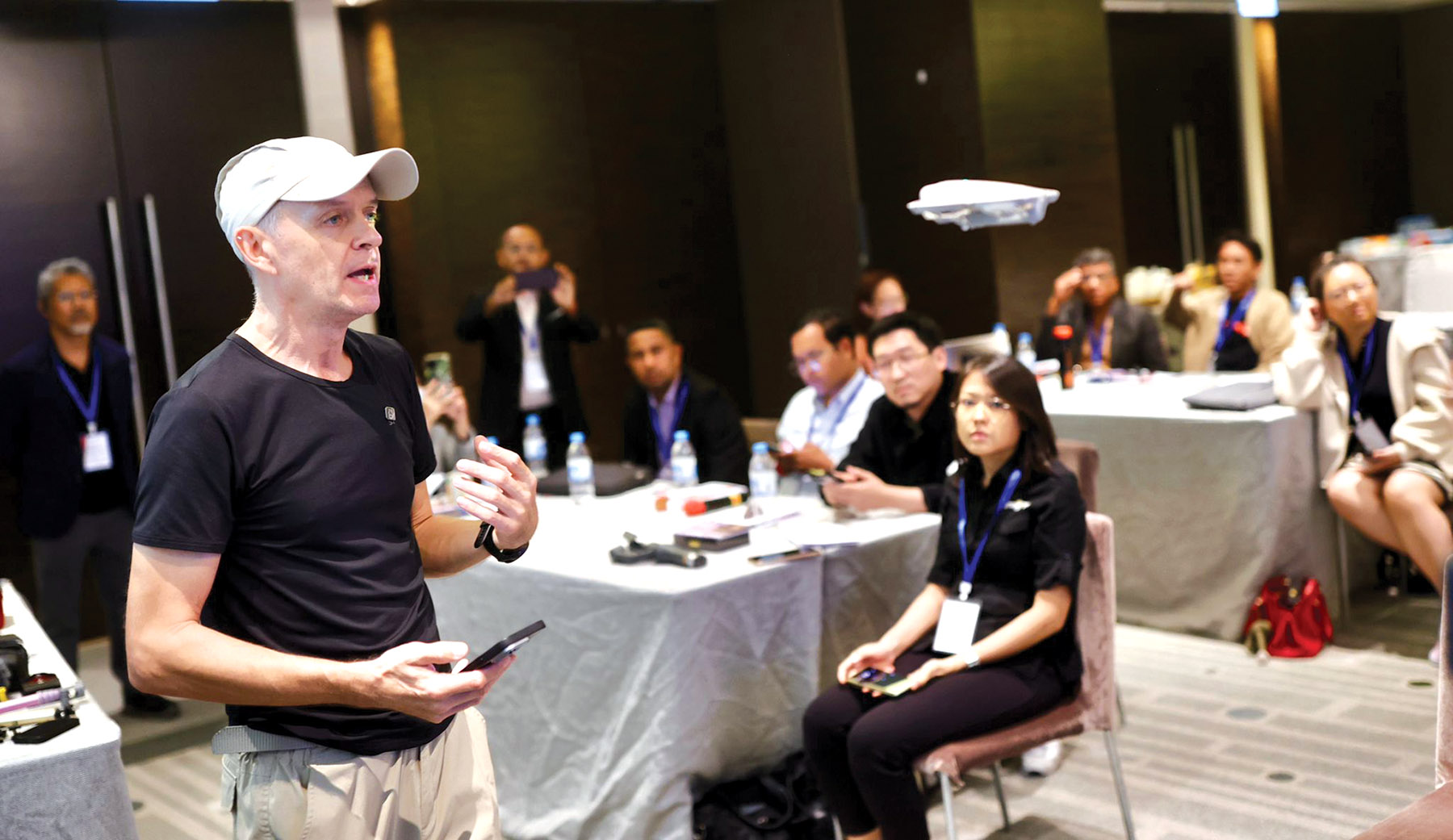

Putting users and readers at the center is crucial for the successful transformation of traditional media in the new era. Zhong Zhen, managing director at Xiaohongshu’s Greater Bay Area E-commerce Operating Center, said at the workshop that traditional media need to prioritize audience preferences while upholding journalistic standards. “Content needs to resonate emotionally with users. This is the secret to the popularity of RedNote,” Zhong said, referring to Xiaohongshu by its English-language name.
Justin Clarence Lao Tembresa, CEO of Lannang Studios, a marketing agency handling independent content creators in the Philippines, found himself fully aligned with Zhong’s viewpoint after participating in the RedNote session of the workshop. In the era of key opinion leaders, traditional media must not only intensify high-quality content production but also infuse it with emotional resonance with users and audiences, Tembresa said.
To remain relevant in our times, traditional media need to embrace technological advancements by strategically integrating the journalistic rigor with cutting-edge digital tools, Tembresa added.
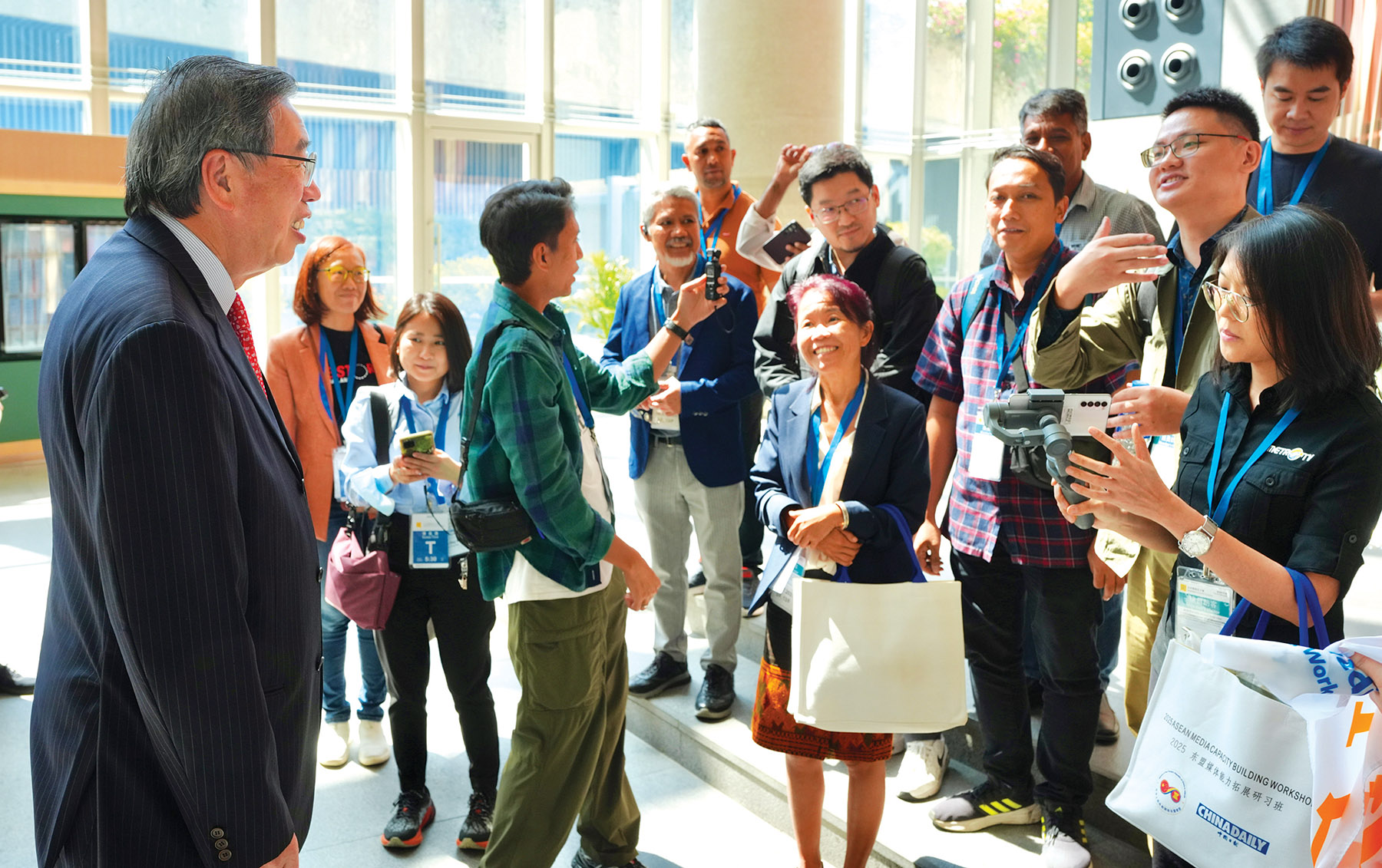
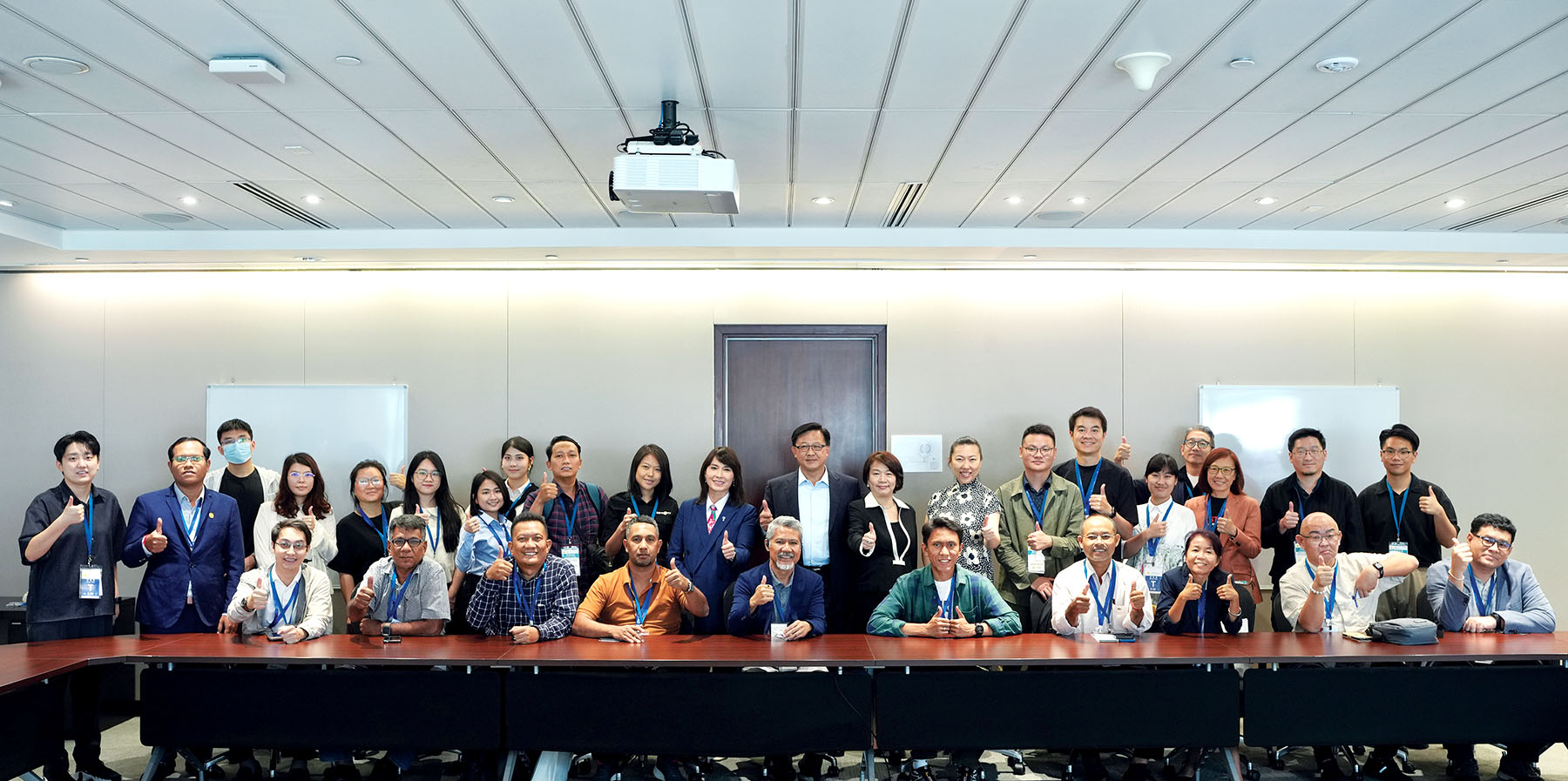
Doan expressed her keen interest in RedNote’s algorithm and operational model. She said she hopes RedNote will consider establishing international offices in ASEAN countries, allowing users across the region to experience this unique user-centric social community platform.
Following the first day’s training sessions, participants embarked on field visits to both Hong Kong and Shenzhen, experiencing China’s growth narrative. During the visit to Hong Kong’s Legislative Council, the host provided an overview of the institution’s historical background and fundamental operational mechanisms, followed by a discussion session with several council members.
The members from the legislative council explained to the foreign media professionals that Hong Kong’s legislative system exemplifies the successful implementation of “one country, two systems”, effectively safeguarding the region’s prosperity, stability and development.
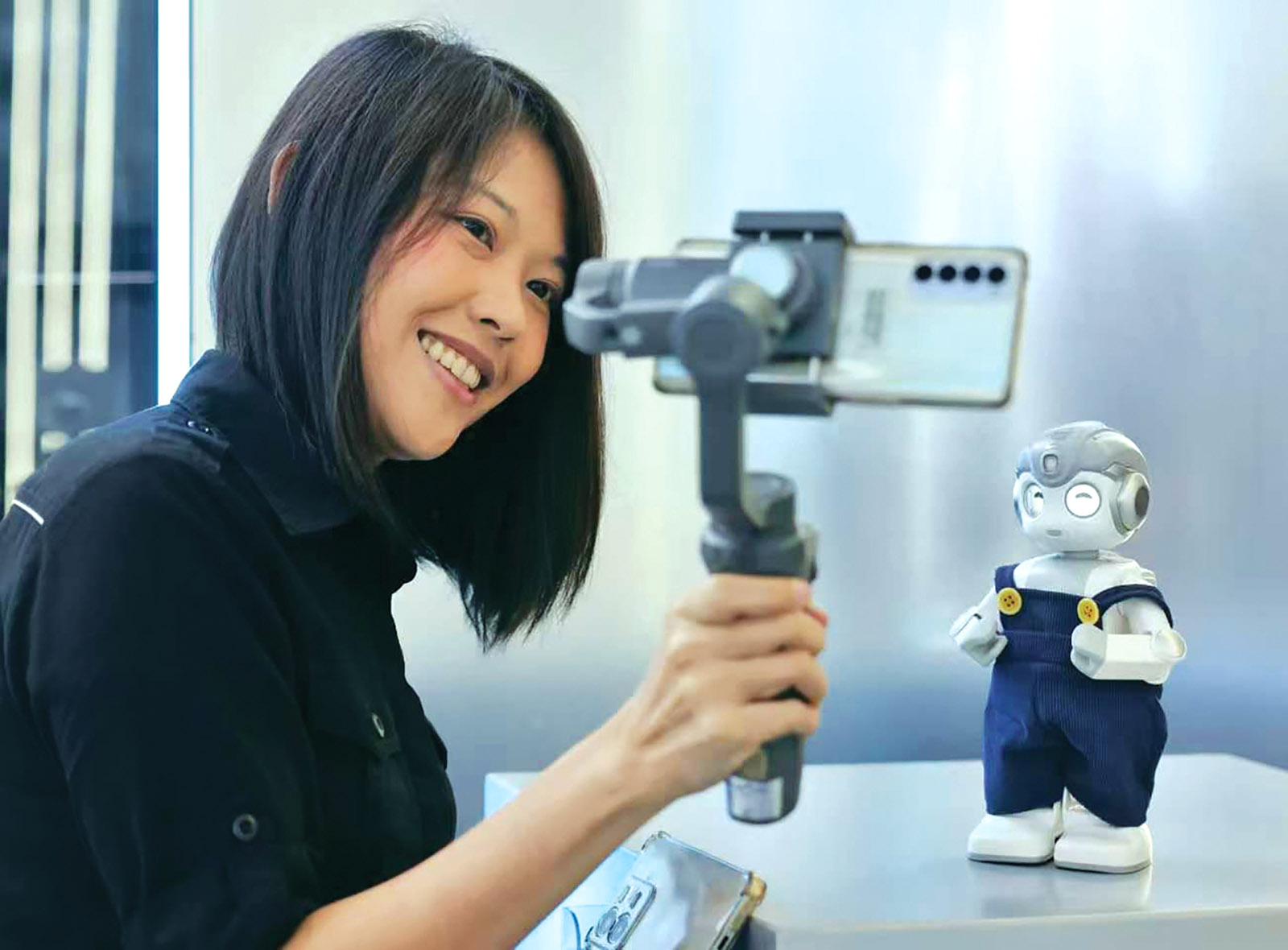
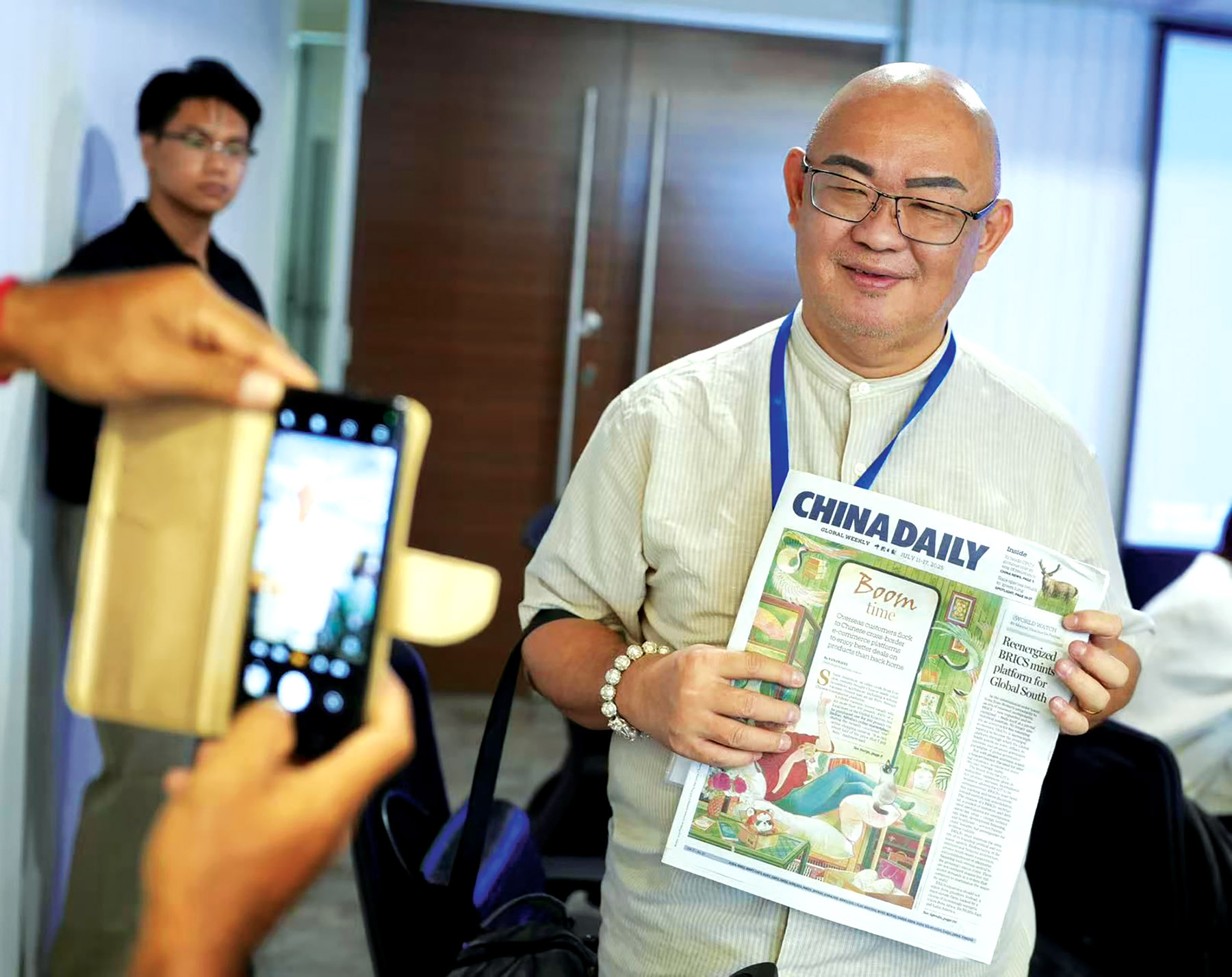
After entering Shenzhen, foreign media professionals marveled at the city’s beauty and vibrancy. Soo Wern Jun, a senior journalist from the Malay Mail, said that this is her first time in Shenzhen, and she had heard so much about the city’s modernity from her friends before visiting.
The city’s stunning cleanliness, abundant greenery, and vibrant energy have truly embodied the dynamism of China’s reform and opening-up, the Malaysian reporter added.
The Shenzhen Nanshan Energy Ecological Park left a profound impression on media professionals from ASEAN countries. The park exemplifies China’s commitment to green economic development, achieving a perfect equilibrium between industrial progress and ecological preservation.

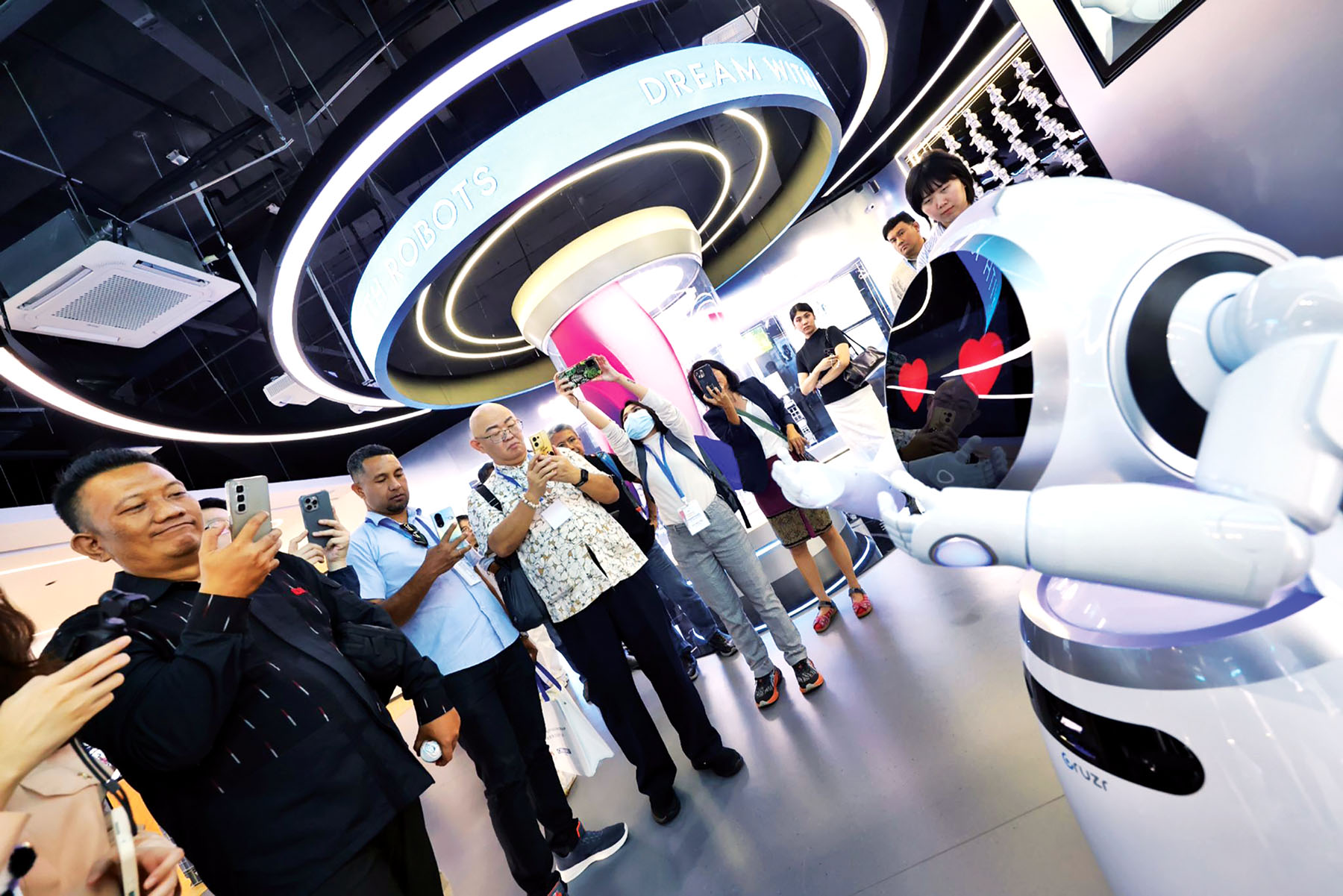
Ben Sok Hean, a national editor of Khmer Times in Cambodia, said the park has demonstrated an exemplary model of addressing environmental challenges through cutting-edge innovation. As Cambodia grapples with severe plastic pollution, he is committed to adapting these sustainable technological solutions upon his return, he said.
Alongside China’s green development philosophy, China’s cutting-edge EV innovations have also captured the keen interest of ASEAN media delegates. During the visit to BYD’s headquarters in Shenzhen, media professionals from ASEAN countries were offered test drives of the automaker’s premium electric vehicles, such as the Yangwang U8 and Yangwang U9. BYD employees highlighted Yangwang U8’s 360-degree in-place rotation capability, a globally acclaimed technological breakthrough.
ALSO READ: ASEAN media workshop concludes successfully
“Unbelievable”, Ben exclaimed when he activated the 360-degree turn, his genuine excitement clearly evident.
For ASEAN’s media professionals returning home with new insights from the workshop, the message is clear: In the AI era, the most successful media organizations will be those that blend technological capability with irreducibly human qualities, the very synthesis the Greater Bay Area itself exemplifies through its unique combination of Chinese governance and global connectivity.
Contact the writer at mikegu@chinadailyhk.com


